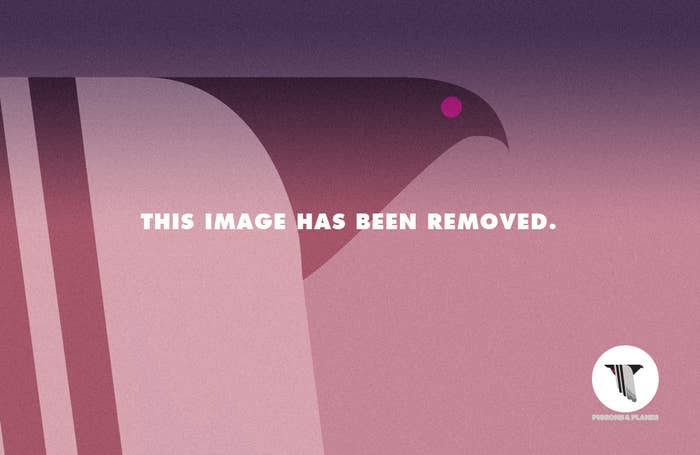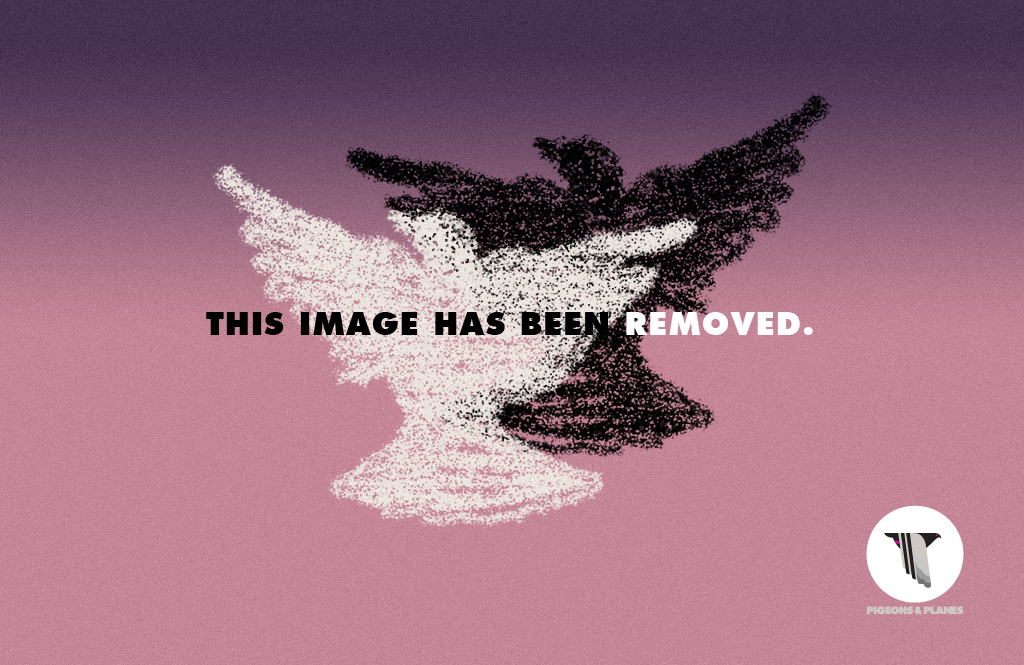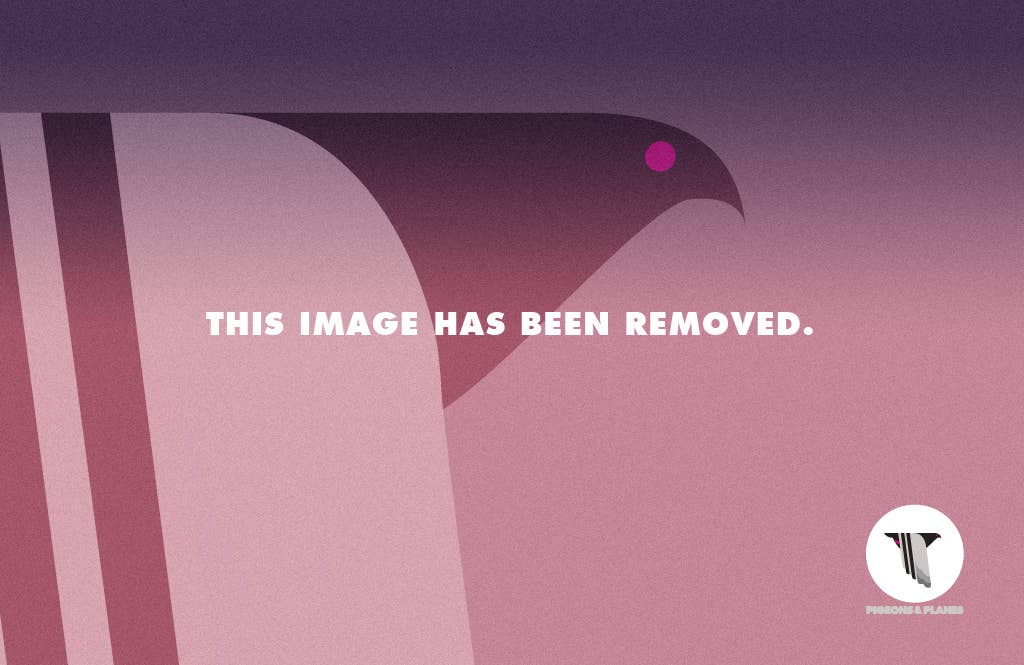1.

When not serving as the face of the waning Blackberry empire, Diplo has made a name for himself as one of music’s most eclectic producers and DJ’s, capable of providing pounding rhythms for daggering as Major Lazer and flipping those same beats into club-ready fare for Beyoncé. His credits comprise a star-studded list of indie darlings and mainstream artists in equal measure: M.I.A., Das Racist, Major Lazer, Santigold, Wale, Chris Brown, Shakira, and Usher, to name but a few. And that’s not to mention the work with his label Mad Decent, a bastion of dance-friendly artists, mash-ups, and mixtapes that has kept the blogosphere buzzing for the last half decade.
Mad Decent’s discography reveals one secret of Diplo’s success: taking regional dance music from America and around the globe and adding polish and pyrotechnics for a wider audience. Some view Diplo’s cultural translation as a positive, bringing these genres to the masses; others see it as a sort of musical gentrification that strips source material of its raw energy. No matter what side of the divide you fall on, it’s important to know about the influences at play.
In light of Diplo’s latest regionally-influenced dance floor burner “Express Yourself” (and in anticipation of the EP of the same name, out today), now seems like as good a time as any to learn a little bit about New Orleans Bounce, the genre that spawned it.
2.

“Where They At” – DJ Jimi / “Triggerman (Drag Rap)” – The Showboyz
An early bounce track originated by MC T. Tucker and DJ Irv and popularized by DJ Jimi, “Where Dey At” lays the ground rules for the genre: fast paced 808 beats, sharp shifts from sample to sample, incessant, highly sexual chanting, and the inescapable “Triggerman”–a sample from an unlikely source, a minor 80s track by New York duo the Showboyz. “Where Dey At” may not be the first bounce track, but it illustrates bounce to a t, exhibiting all the features that would come to define the genre.
3.

“Monkey on the Dick” – Magnolia Shorty / “Act A Donkey On A…” – Li’l Goldie
Magnolia Shorty’s 1996 “Monkey on the Dick” and Li’l Goldie’s 1997 “Act A Donkey On A…” build on the blueprint set forth by tracks like “Where Dey At,” growing more explicit and exhibiting bounce’s existence as music best suited for live settings. “Monkey” and “Donkey” also demonstrate the ways in which artists would modify songs from year to year, spawning new catchphrases, directly responding to the previous year’s track, and breathing life into familiar beats in an annual ritual closely related to Hip-Hop’s early history of remakes and response. For any fans of “Back That Azz Up,” some of this should sound familiar (it’s also worth noting Juvenile got his start as a bounce rapper and that bounce had a tremendous influence on what now often gets shoved under the unfairly broad banner of “southern rap”).
4.

“Rock Around the Clock” – Big Freedia / “Spining Top” – Sissy Nobby
In the past decade, sissy bounce—a take on the genre that features openly gay rappers—has gained prominence. It’s chief purveyors, Katey Red, Big Freedia, Sissy Nobby, and Nicky Da B (featured on “Express Yourself”) have lit up New Orleans parties and YouTube alike, with Freedia even landing a spot on Jimmy Kimmel in January. Stylistically, sissy bounce brings all the qualities fans of the genre have come to expect: booming bass, fast drums, an even more chaotic sampling style (witness “Rock Around the Clock” and “Spining Top” for the sampled schizophrenia that stirs up sounds from Bill Haley, Magnolia Shorty, Goodie Mob and Diddy at light speed), while blurring the lines of cultural and personal identification that so often superficially define Hip-Hop to the national audience.
This list is by no means a comprehensive overview of bounce–after all, there’s only so much detail you can fit into list form, particularly when writing about a sound and culture with two decades of history and roots that reach far deeper. For a more in depth take on a rich and complex subgenre–and sissy bounce in particular–you can check out this spectacular New York Times profile from late 2010. You can also download out two mixes by Noz over at Cocaine Blunts: Bounce For Relief Vol. 1 and Vol.2.

